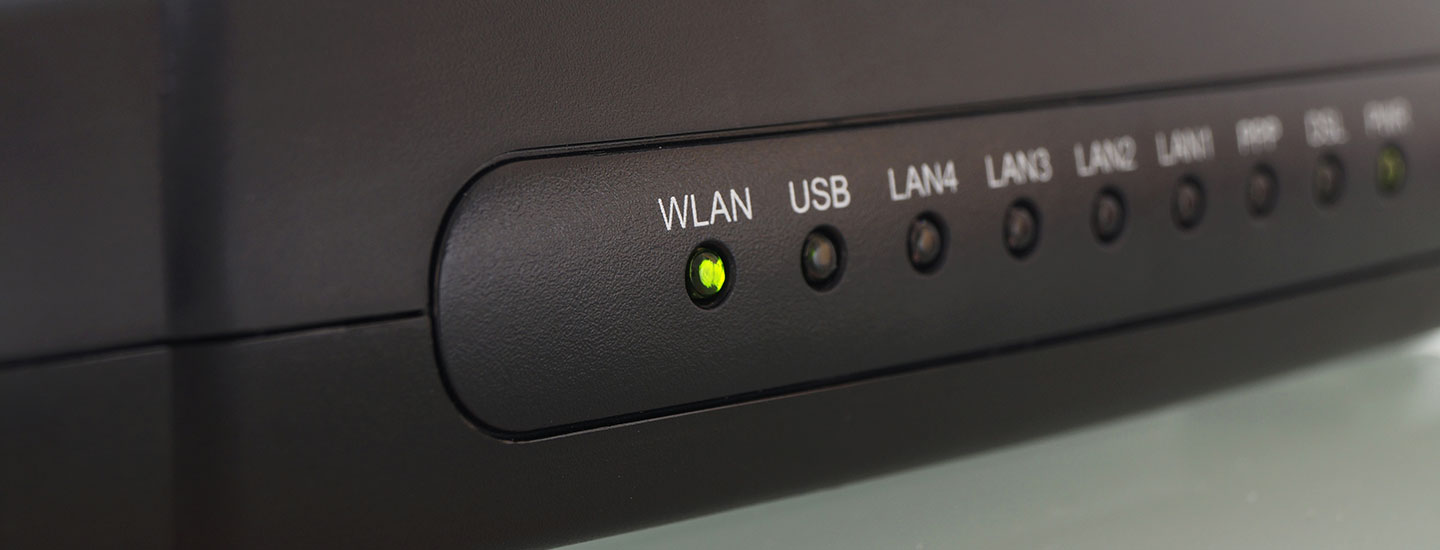SSID is short for Service Set Identifier. Although SSID may sound like a complicated tech buzzword, it is much easier to understand than you think. So what is SSID and what is it used for? Continue reading to find out.
What is an SSID Number?
An SSID is a name or number a device sees whenever it searches for a network. It can belong to a business or home network and can have a default name, generally the name of network carrier or router manufacturer, or a custom name created by the owner. There are currently over 800 million unique Wi-Fi networks in existence.
The inputted name is broadcasted to any Internet device within range. The basis of an SSID is to notify the user of the networks available and the strength of the connection from their current location. When at home or in the office, users can generally connect to one SSID with ease. However, connections outside can be limited, especially when on the move.
How to Find My SSID?
Locating an SSID can be different depending on whether someone is using a home network or business network. For a home network, you can generally find the SSID on the router. There should be a sticker that says “SSID” or “Network Name,” as well as a password. There may even be a barcode you can scan with your phone. And if you’re a remote employee, make sure you follow your company’s security policies to keep yourself and your business protected.
When using a business network, you will probably not have the same luxury of being able to look at the router to get the information. To set up a connection, it is best to ask the IT department or your manager what network the company uses. Likewise, the company might use a centralized password to connect, or you might have to input your unique login information.
Here is how to find an SSID through different IoT devices:
Android
- From the menu, access “Settings.”
- Select “Wi-Fi.”
- Select the network the matches your home or business.
iOS
- Select the “Settings” option.
- Hit “Wi-Fi.”
- Look for the network name with a checkmark. That is your SSID.
Windows
- Left-click the signal icon found at the bottom right-hand corner.
- Look for the network name labeled “Connected.”
Mac OS
- Click the Wi-Fi button in the menu bar.
- Look for the network listed with a checkmark.
Should You Hide Your SSID Number?
Many individuals with a home or business network may feel inclined to hide their SSID for better security. However, hiding your SSID doesn’t impact your network security. Regardless if you’re hiding your SSID or not, hackers can use different types of software tools to find it anyway, so it isn’t worth the hassle.
In fact, hiding your SSID can have a negative impact on legacy devices. Many newer devices can connect to a network whether it’s hidden or not. However, many older devices have trouble or are incapable of connecting to hidden networks and may automatically opt for less secure broadcasted ones.
If you decide to change the name of your SSID, you want it to be personal but not easily identifiable. Likewise, you want your password to be strong and you should never give it to unauthorized people. Want to learn more about keeping your business’s network secure? Contact Vector Security Networks or visit our website today.


